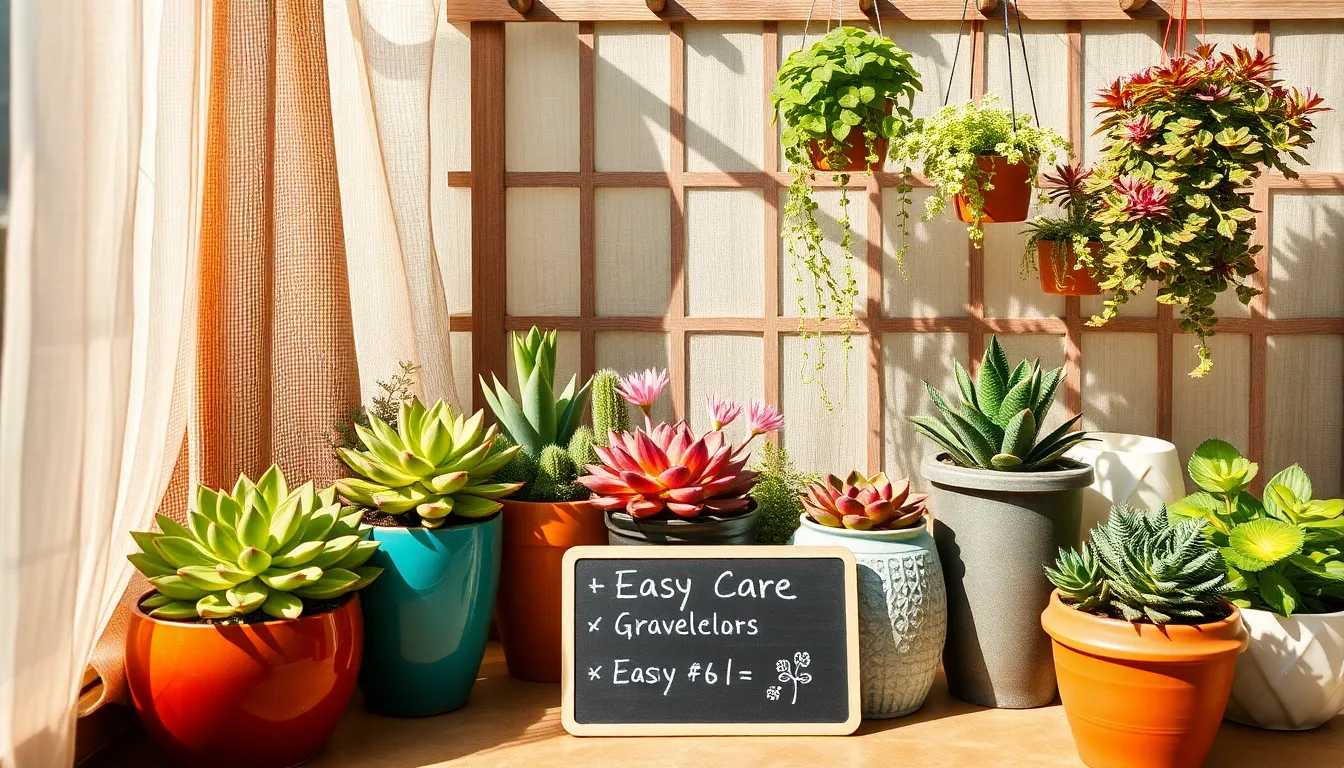Welcome to “Easy Plant Care Tips for Beginners,” where the joy of nurturing plants meets the thrill of watching them thrive in your very own space! Whether you’re just starting out on your gardening journey or you’re an experienced green thumb looking for a fresh perspective, this guide is your trusty companion in cultivating a vibrant indoor oasis. Each plant featured here has been chosen not only for its beauty but also for its resilience and ease of care, ensuring that your gardening experience is as rewarding as it is enjoyable.
In this guide, you’ll discover a carefully curated selection of indoor plants that are perfect for beginners yet still fascinating for seasoned gardeners. These plants are more than just decor—they’re living companions that purify your air, boost your mood, and transform any room into a sanctuary. With practical tips and easy-to-follow advice, you’ll gain the confidence to nurture these plants and watch them flourish with your care. Let us embark on this delightful adventure together, where every new leaf and bud is a testament to your growing success as a gardener.
Choose Low-Maintenance Plant Varieties
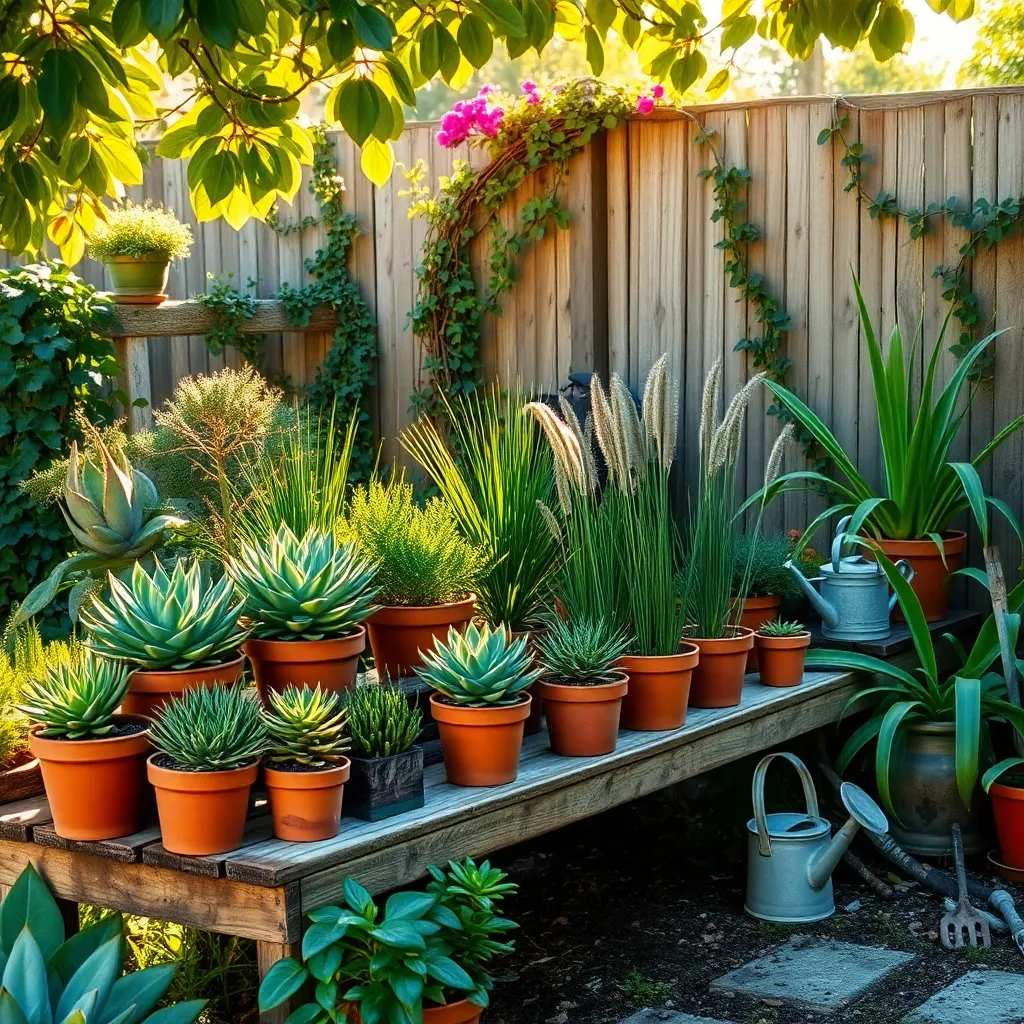
Choosing low-maintenance plant varieties can significantly simplify your gardening efforts, especially if you’re a beginner. Opt for hardy plants that thrive in a variety of conditions, such as succulents, which are known for their ability to store water and survive in less-than-ideal environments.
Consider incorporating native plants into your garden, as they are well-adapted to local conditions and require less intervention. Native varieties often resist pests and diseases better than exotic species, making them easier to manage with minimal care.
Groundcovers like creeping thyme or vinca provide beauty with little upkeep, reducing the need for frequent weeding. These plants spread quickly, creating a lush carpet that helps to retain soil moisture and suppress weeds.
For those who prefer flowering plants, daylilies and coneflowers offer vibrant blooms with low-care requirements. These perennials are drought-tolerant once established, needing only occasional watering during prolonged dry spells.
Water Plants in the Morning
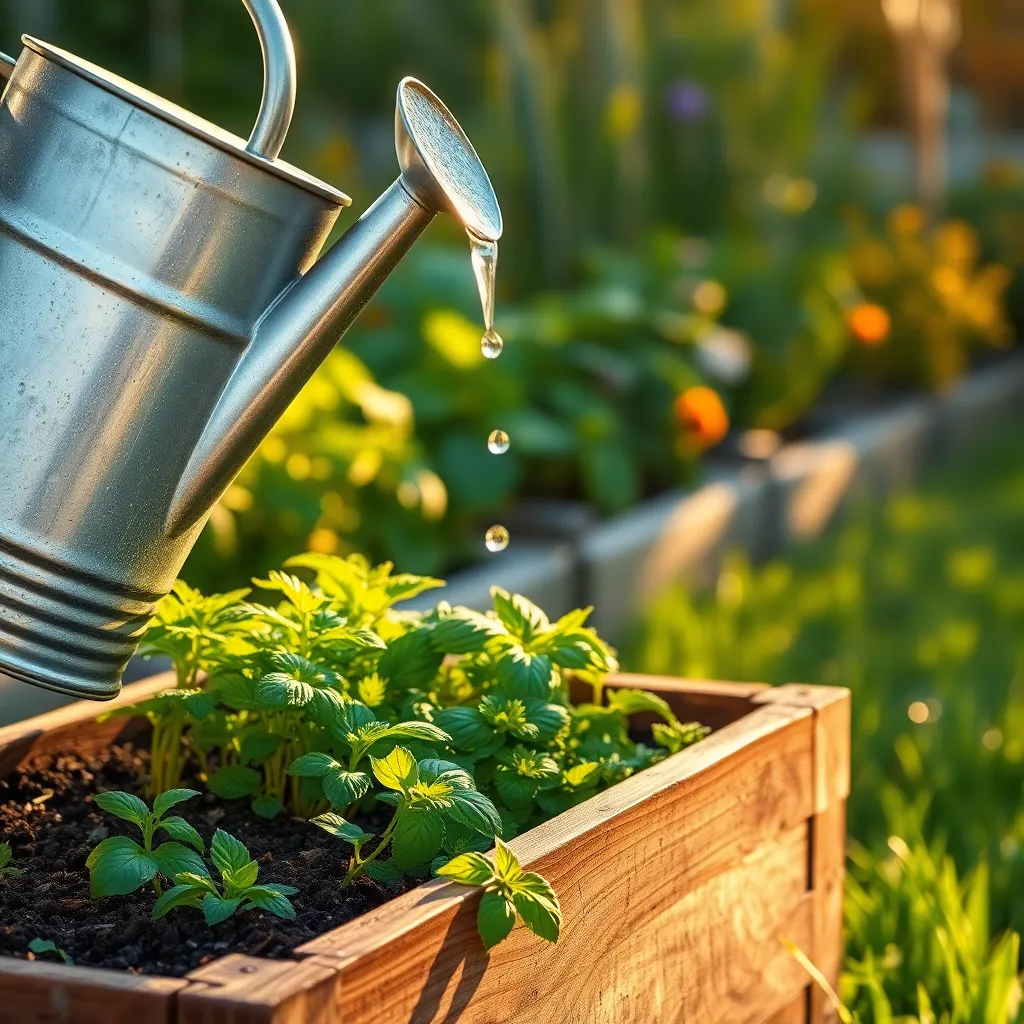
Watering plants in the morning is one of the simplest ways to ensure healthy growth. This practice allows the moisture to penetrate the soil effectively before the sun’s heat causes evaporation.
Early morning watering helps plants absorb water without the stress of intense sunlight. By doing this, you also minimize the risk of fungal diseases, which thrive in wet foliage left overnight.
For beginners, setting a routine to water plants between 6 a.m. and 10 a.m. can make a noticeable difference. Use a watering can or a gentle hose spray to avoid disturbing the soil too much, especially for young or delicate plants.
Advanced gardeners can consider installing a drip irrigation system, which delivers water directly to the root zone. This method conserves water and ensures that plants receive the right amount of hydration without over-saturating the soil.
Use Quality Potting Soil
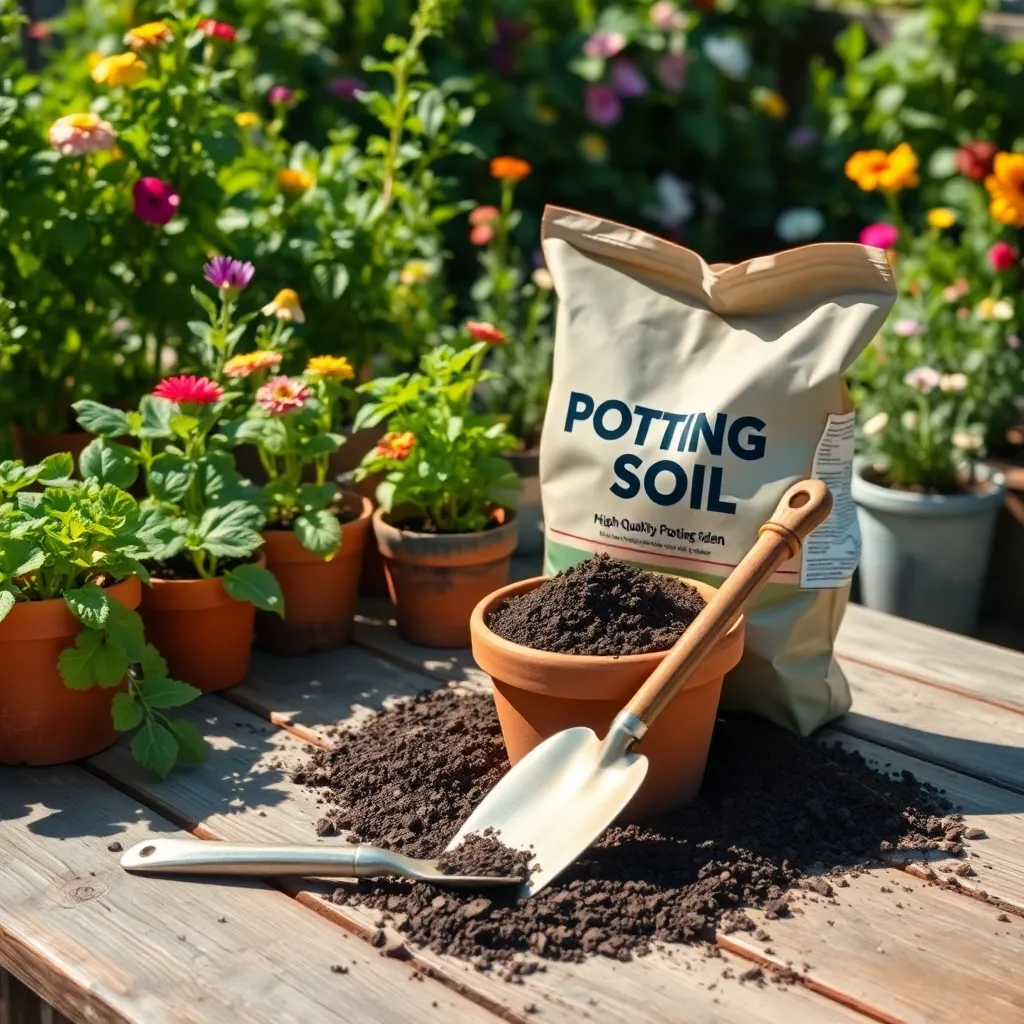
Using quality potting soil is essential for healthy plant growth, whether you’re growing indoor plants or starting a garden outside. Quality soil provides the right balance of nutrients, drainage, and aeration to support robust root systems.
When selecting potting soil, consider choosing a mix that contains peat moss, perlite, and vermiculite. These ingredients enhance drainage and help retain moisture, which is crucial for maintaining the right environment for your plants.
Beginners should look for a potting soil labeled as “all-purpose” to cover a wide range of plants. For those ready to delve deeper, you might experiment with specific mixes designed for particular types of plants, such as cacti or orchids, which require different soil properties.
It’s important to avoid using garden soil in pots as it can compact, leading to poor drainage and root problems. Instead, invest in a good-quality commercial potting mix to ensure your plants have the best start possible.
Place Plants Near Natural Light
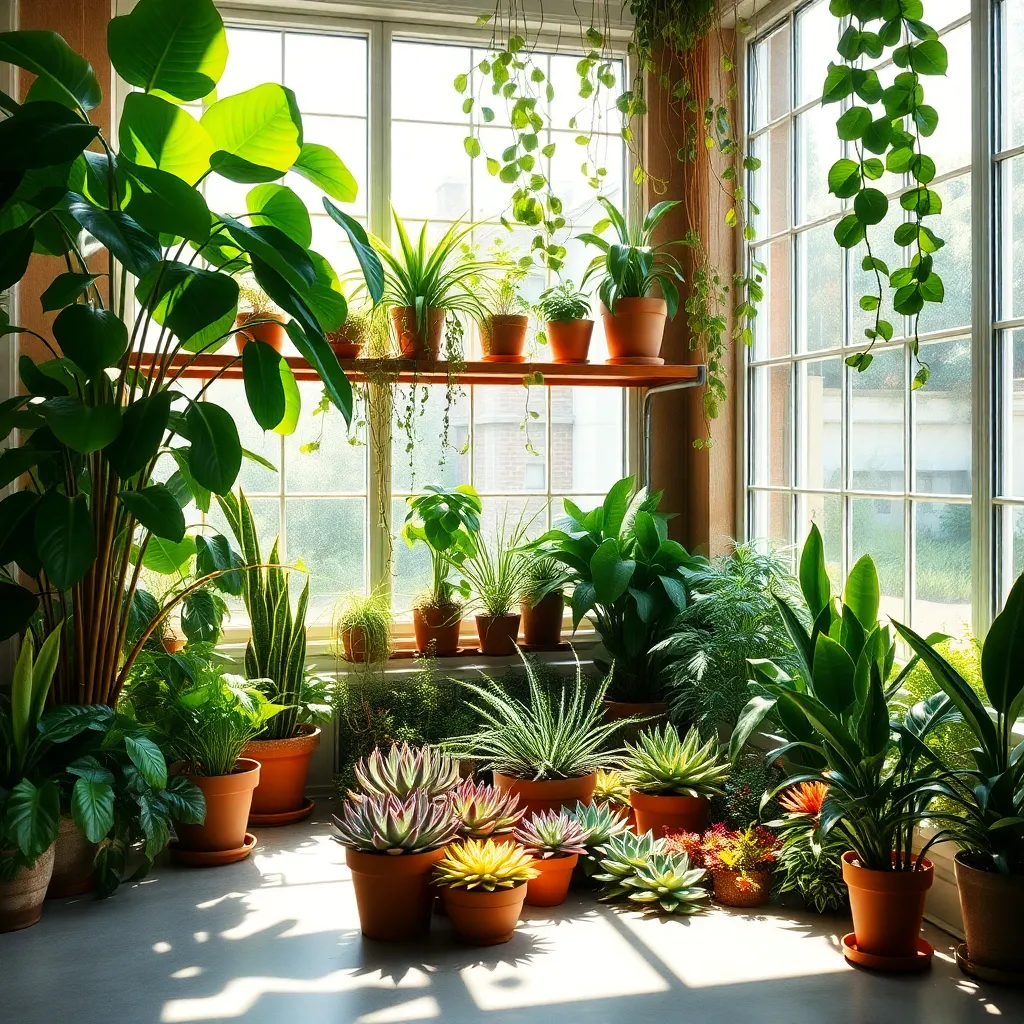
Placing your plants near natural light is crucial for their growth and health. Most indoor plants thrive best in bright, indirect sunlight, so position them close to windows where they can receive ample light without being scorched by direct rays.
For beginners, consider the direction your windows face. South-facing windows generally provide the most light, making them ideal for sun-loving plants like succulents and cacti, while north-facing windows offer less light, suitable for shade-tolerant species such as ferns.
Adjusting your plant’s placement can make a significant difference in its growth. If you notice your plant leaning towards the light or growing unevenly, rotate it every few weeks to ensure all sides receive adequate exposure.
Advanced gardeners might explore using sheer curtains to diffuse harsh sunlight. This technique helps to prevent leaf burn on sensitive plants while still maintaining sufficient light levels for photosynthesis.
Regularly Check for Pests
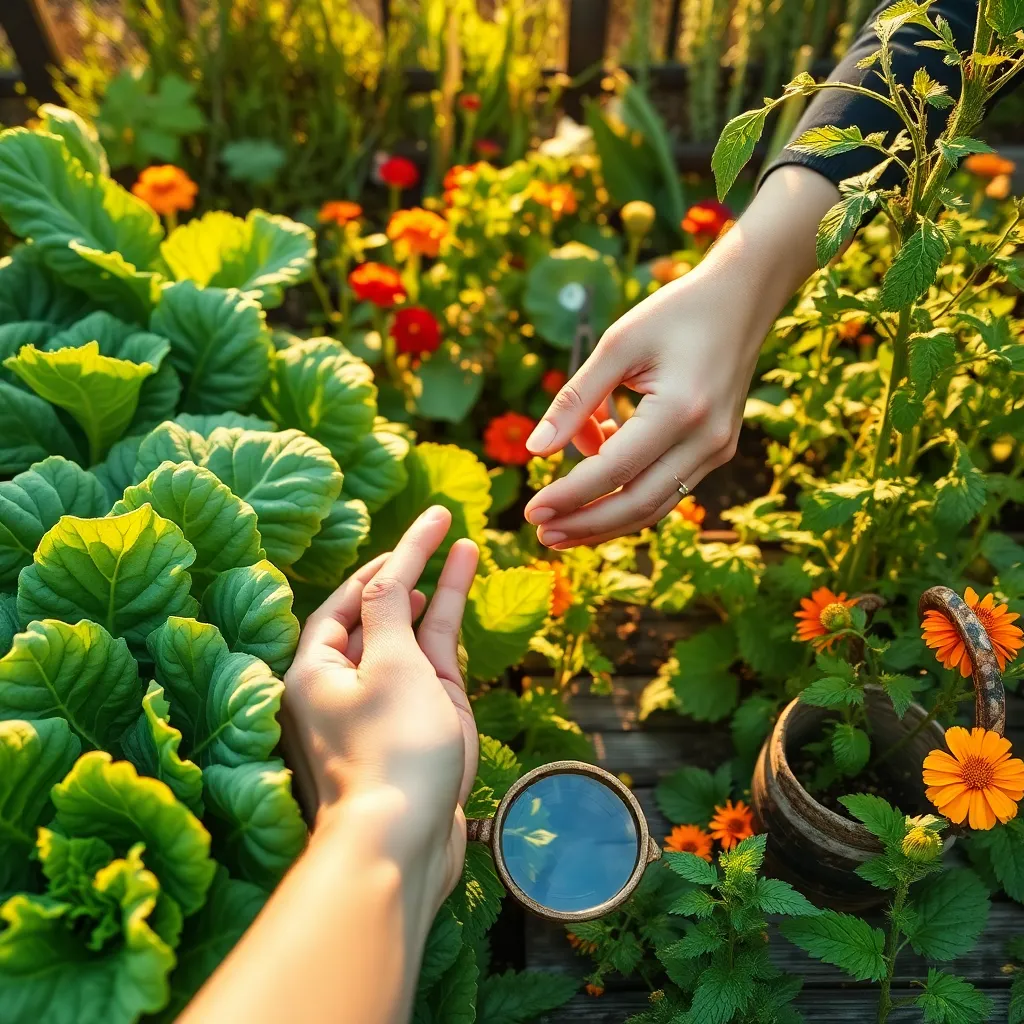
Regularly checking for pests is an essential part of maintaining healthy plants. By catching infestations early, you can prevent significant damage and ensure your plants thrive.
Inspect your plants at least once a week for any signs of pests. Look closely at the undersides of leaves and around the base of the plant where insects often hide.
For beginners, it’s important to become familiar with common pests like aphids, spider mites, and whiteflies. These pests can often be managed with simple solutions such as spraying plants with a mix of water and mild soap.
Experienced gardeners might explore more advanced strategies like introducing beneficial insects. Ladybugs and lacewings, for example, can naturally help control pest populations in your garden.
Additionally, maintaining a clean garden can help deter pests. Remove dead leaves and plant debris, which can harbor insects and diseases.
For those looking to prevent pest issues, consider using companion planting techniques. Plants like marigolds and basil can repel certain pests when grown alongside more vulnerable plants.
Conclusion: Growing Success with These Plants
In nurturing both plants and relationships, we discover that care, patience, and attention are universal needs. This article outlined five key concepts: the importance of consistent watering (communication), providing the right amount of sunlight (quality time), understanding soil needs (emotional support), regular pruning (setting boundaries), and observing growth signs (recognizing progress). Just as a plant flourishes when its needs are met, so too does a relationship when these fundamentals are prioritized.
As an actionable step, choose one of these concepts to focus on today. Whether it’s scheduling a heartfelt conversation or planning a meaningful date, small, intentional actions can lead to profound growth.
Remember, relationships, like plants, thrive with ongoing care and attention. Bookmark or save this article to revisit these tips whenever you need a gentle reminder or fresh inspiration. By doing so, you’re investing in the tools necessary for a flourishing partnership.
Looking ahead, embracing these principles will not only enrich your current relationships but also equip you with the wisdom to nurture future connections. Continue to cultivate your relationship garden, and watch it bloom with vibrancy and love.

